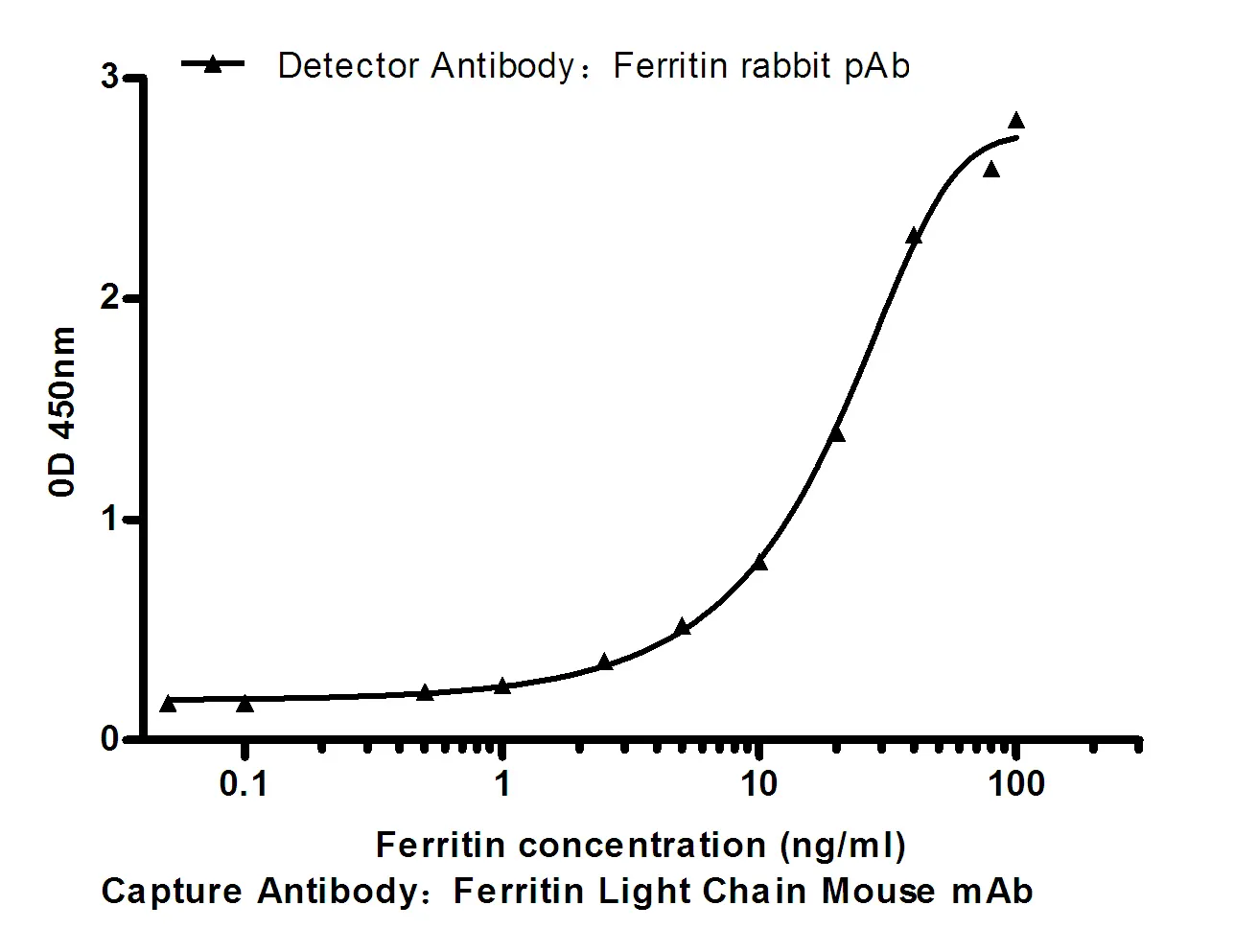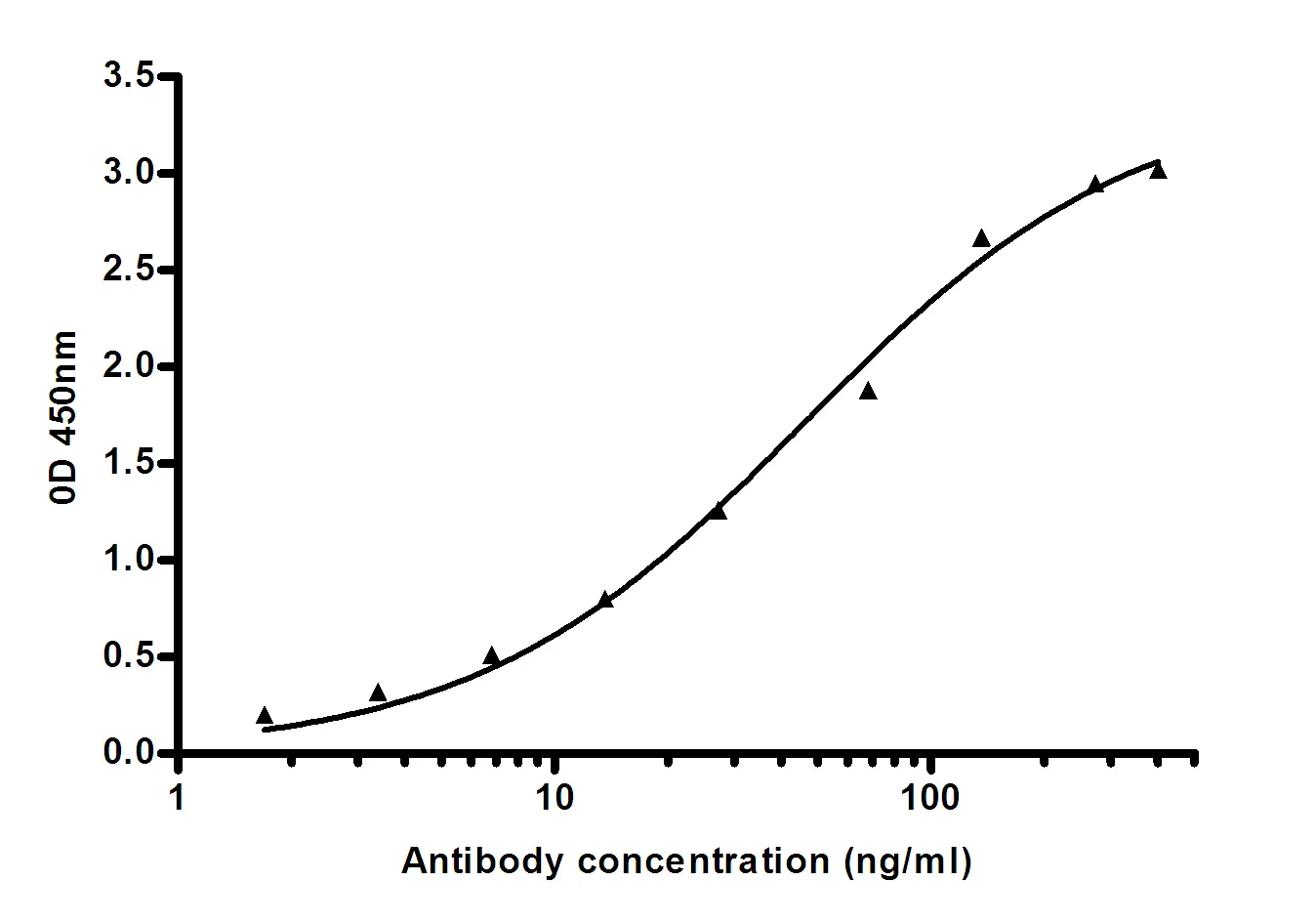Summary
Performance
Immunogen
Application
Background
disease:Up-regulated significantly in CD4+ T lymphocytes from patients with multiple sclerosis (at protein level).,function:Involved in T-cell adhesion and p53-dependent induction of apoptosis. Does not bind RNA.,induction:By p53.,RNA editing:Partially edited. Editing appears to be brain-specific.,similarity:Belongs to the CYFIP family.,subcellular location:Highly expressed in the perinuclear region. Enriched in synaptosomes. Treatment with leptomycin-B triggers translocation to the nucleus.,subunit:Interacts with FMR1, FXR1 AND FXR2. Component of the WAVE1 complex composed of ABI2, CYFIP2, C3orf10/HSPC300, NCKAP1 and WASF1/WAVE1. CYFIP2 binds to activated RAC1 which causes the complex to dissociate, releasing activated WASF1. The complex can also be activated by NCK1.,disease:Up-regulated significantly in CD4+ T lymphocytes from patients with multiple sclerosis (at protein level).,function:Involved in T-cell adhesion and p53-dependent induction of apoptosis. Does not bind RNA.,induction:By p53.,RNA editing:Partially edited. Editing appears to be brain-specific.,similarity:Belongs to the CYFIP family.,subcellular location:Highly expressed in the perinuclear region. Enriched in synaptosomes. Treatment with leptomycin-B triggers translocation to the nucleus.,subunit:Interacts with FMR1, FXR1 AND FXR2. Component of the WAVE1 complex composed of ABI2, CYFIP2, C3orf10/HSPC300, NCKAP1 and WASF1/WAVE1. CYFIP2 binds to activated RAC1 which causes the complex to dissociate, releasing activated WASF1. The complex can also be activated by NCK1.,
Research Area
Regulates Actin and Cytoskeleton;



